-
Product
-
 What is BindHQ?Learn more about the platform chosen by leading MGAs, MGUs and Wholesalers
What is BindHQ?Learn more about the platform chosen by leading MGAs, MGUs and Wholesalers -
PlatformExplore BindHQ— the cloud-first, API-driven platform for MGAs, MGUs and Wholesale E&S Agencies
-
 IntegrationsExplore integrations used to extend and simply your agency workflow
IntegrationsExplore integrations used to extend and simply your agency workflow -
 Onboarding/MigrationLearn how BindHQ can migrate your team from legacy on-premise platforms into our cloud-first, API-driven modern platform
Onboarding/MigrationLearn how BindHQ can migrate your team from legacy on-premise platforms into our cloud-first, API-driven modern platform -
 Overview
Overview
-
- Solution
-
Pricing
-
BlogLorem ipsum dolor sit amet, consectetur adipiscing elit
-
BlogLorem ipsum dolor sit amet, consectetur adipiscing elit
-
BlogLorem ipsum dolor sit amet, consectetur adipiscing elit
-
BlogLorem ipsum dolor sit amet, consectetur adipiscing elit
-
BlogLorem ipsum dolor sit amet, consectetur adipiscing elit
-
BlogLorem ipsum dolor sit amet, consectetur adipiscing elit
-
- Resources
- Company
BindHQ helps MGAs, MGUs, and Wholesalers modernize and unite agent portals, consolidate underwriting data, and streamline back office and insurance CRM into one frictionless cloud-based platform.
BindHQ is the AMS 2.0—changing the underwriting process, one insurance binder at a time.
.png)



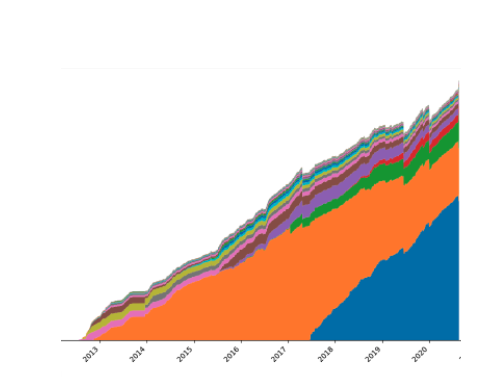
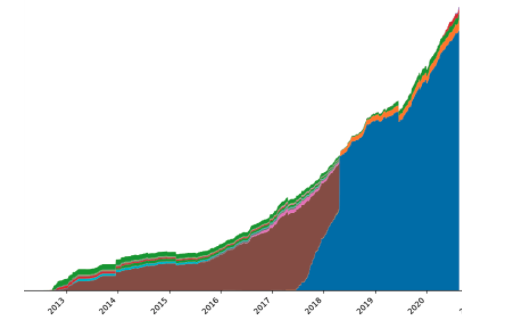
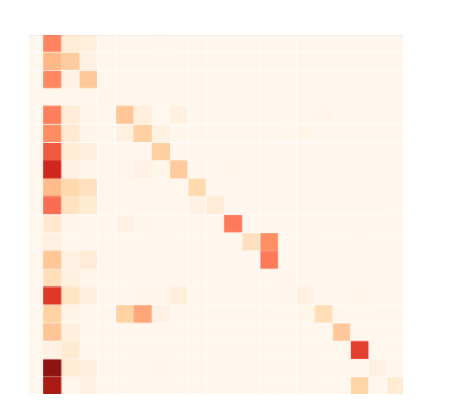
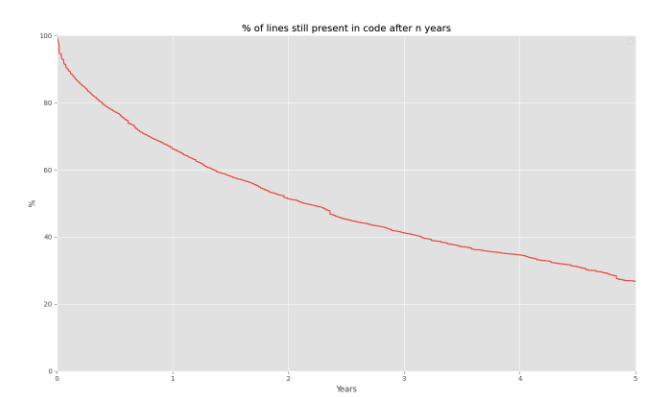
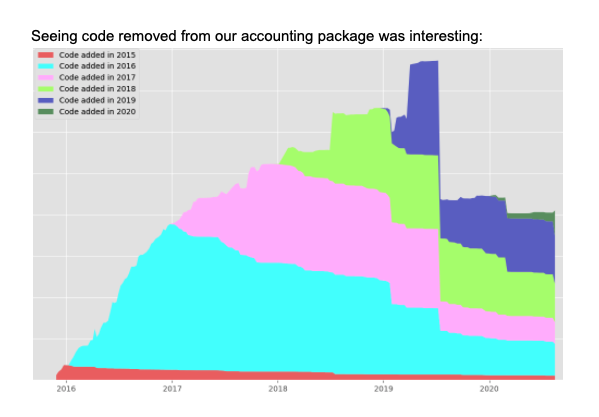 Was Mining Owsy’s SCM History Useful?
Was Mining Owsy’s SCM History Useful?